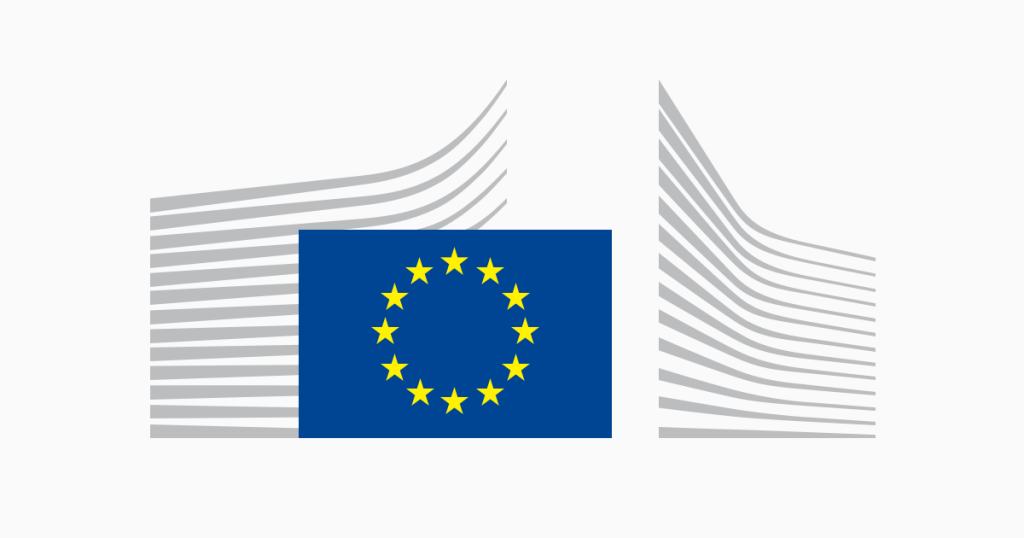Today, the Commission published the second edition of the report on the Performance of European Partnerships under Horizon Europe (Biennial Monitoring Report – BMR 2024). These partnerships bring together a range of public and private partners who pool resources with the European Union to address challenges such as the green and digital transition, which no single country or company can tackle alone.
A clear example of the potential result of such pooling of resources are the three European supercomputers, owned by the institutionalised partnership EuroHPC. They are in the top 10 of the world’s most powerful supercomputers and EuroHPC is developing a world-class supercomputing infrastructure that competes with other supercomputing powers such as the US and Japan.
European Partnerships also help to avoid duplication of investments and contribute to reducing the fragmentation of the research and innovation landscape in the EU. Through co-funded European Partnerships, for instance, the different funding agencies of the Member States and Associated countries coordinate and plan significant parts of their national R&I investments jointly and target them towards EU priorities. They do this in areas such as personalised medicine, rare diseases, pandemic preparedness, the clean energy transition or biodiversity.
The BMR aims to provide a strong evidence-base to guide the implementation of partnerships and to inform strategic discussions on the effectiveness of the new policy approach to European Partnerships in Horizon Europe. This is the second in a series of four biennial reports, planned to be published in 2022, 2024, 2026 and 2028.
Iliana Ivanova, European Commissioner for Innovation, Research, Culture, Education and Youth said:
“Since their humble beginnings two decades ago, European Partnerships have become one of the key instruments of the EU research and innovation programme, Horizon Europe, and of the European Research Area. This report presents data and evidence that we need to make sure that that our partnerships are as effective and efficient as they should to help us address the challenges of today.”
The European Union continues to invest significantly in partnerships with EU funding currently reaching EUR 24.9 billion, which has leveraged additional investment of nearly EUR 40 billion from our partners, leading to a significant increase of investment in the EU priorities.
Across all partnerships, the leverage resulting from call-based and non-call based activities is 1.63, meaning that every euro invested from the EU budget in the partnerships attracts an additional 1.63 euros from other sources (via calls and additional activities). This shows how European Partnerships use public funding to trigger progress towards the objective of reaching the 3% GDP goal of overall R&D investment.
The BMR 2024 offers a systematic overview of the European Partnership landscape by shedding light on:
- The effectiveness of the new policy approach for European Partnerships and the extent to which it leads to a better achievement of objectives and impacts compared to traditional calls under the Framework Programme.
- The progress of European Partnerships towards their objectives and targeted impacts – both individually and collectively, at the EU and national level.
- Early implementation drivers and barriers towards impacts – e.g. in terms of contributions, coherence, collaboration, openness or accessibility of partnerships.
- First results achieved, in view of their further demonstration, exploitation and valorisation, including for policymaking by Commission Services and national administrations.
Besides the partnerships’ contributions to the green and digital transitions, and resilience, this year’s edition looks at their role in technological sovereignty and international positioning of European R&I. The report shows that 74% of the European Partnerships indicate that European strategic autonomy/technological sovereignty is highly relevant for their actions and 12% of the overall budget of European Partnerships is planned for connections/collaborations with non-European partners.
Furthermore, a snapshot of countries’ performance, as well as of the individual partnerships, is also included in the report. This edition covers the 27 EU Members states, plus Iceland, Norway and Türkiye (country fiches) and 44 European Partnerships (partnership fiches).
Background
The 2024 edition of the Biennial Monitoring Report on European Partnerships has been drafted with the help of a Commission independent Expert Group on support of the strategic coordinating process, working together and under the guidance of the Common Missions and Partnerships Service at the Common Policy Centre of DG Research and Innovation. 27 Member States, Iceland, Norway and Türkiye and 44 European Partnerships provided data for this report.
The European Partnerships are key implementation tools of Horizon Europe, the EU research and innovation programme (2021-2027) and contribute significantly to achieving the EU’s political priorities. They are initiatives where the European Union, together with private and/or public partners (such as industry, public bodies or foundations) commit to support jointly the development and implementation of an integrated programme of research and innovation activities. The programmatic approach is what sets European Partnerships apart from the usual project-based approach of Horizon Europe.
More information
You are also invited to join the launch event of the report today at 15h CEST : Biennial Monitoring Report (BMR) 2024 on Partnerships in Horizon Europe launch
Download the report
European Partnerships in Horizon Europe
Press contact:
EC Spokesperson for Research, Science and Innovation

